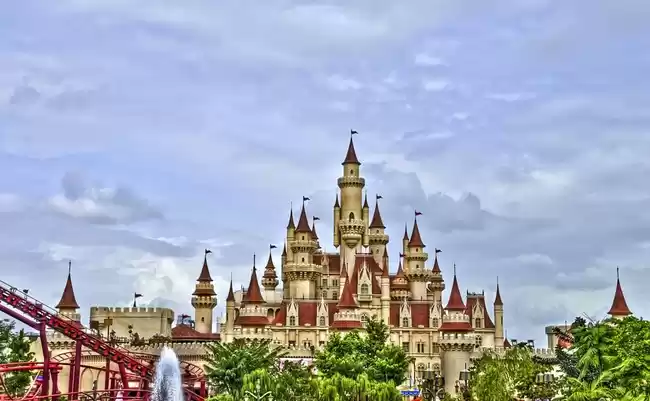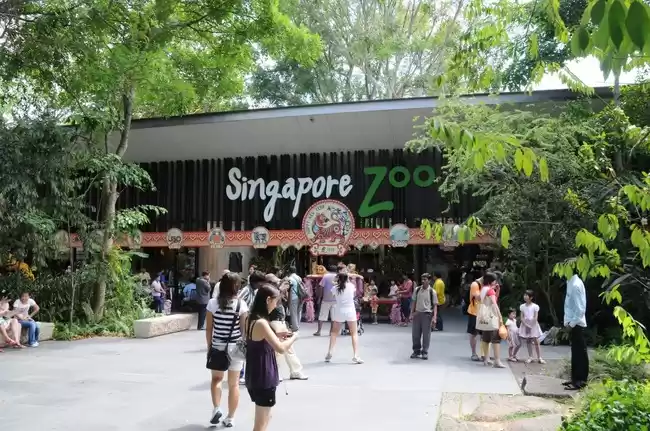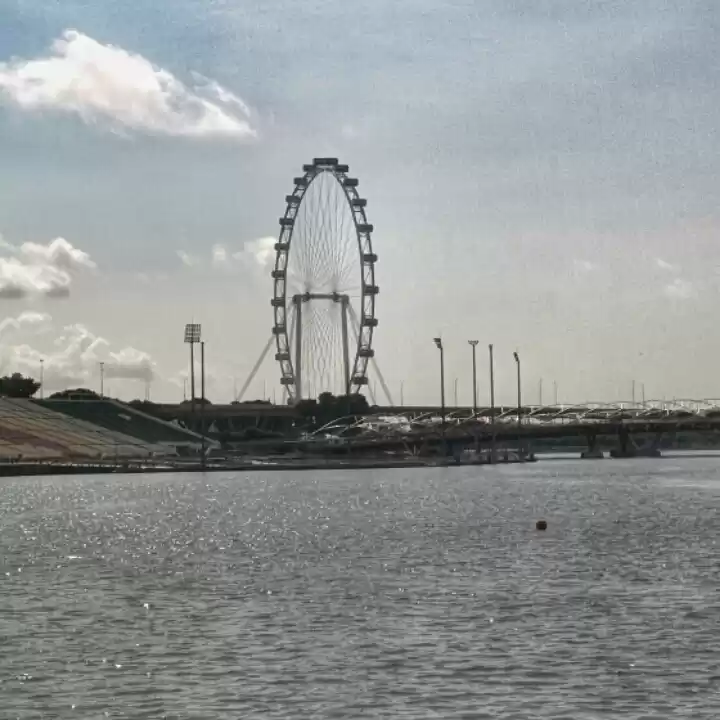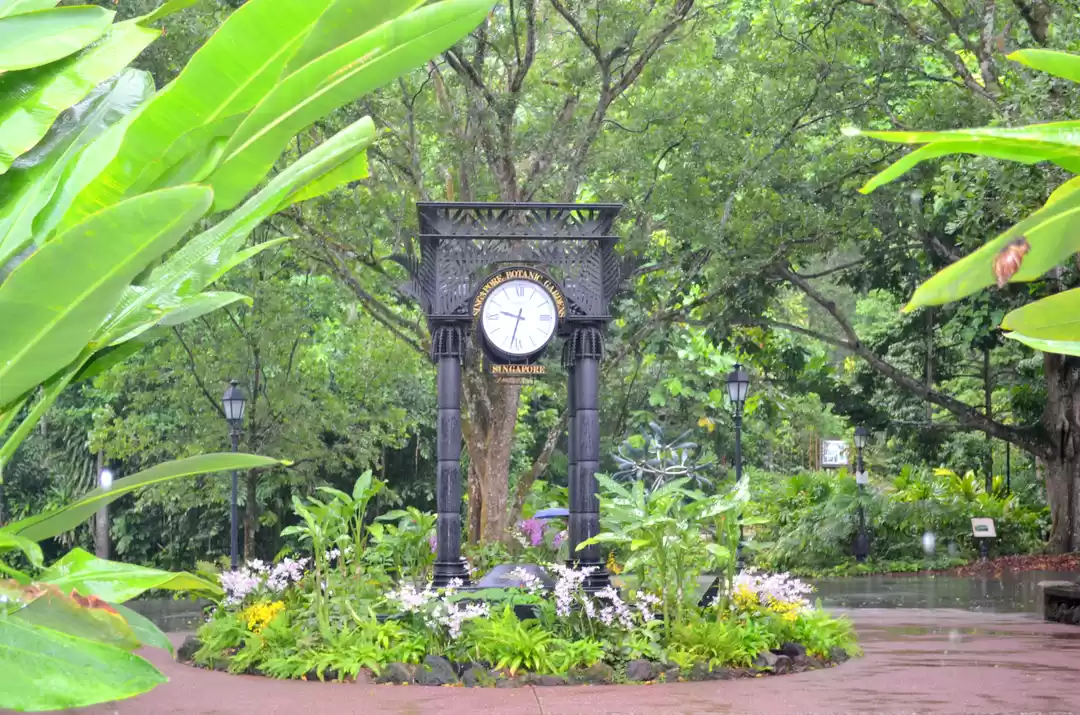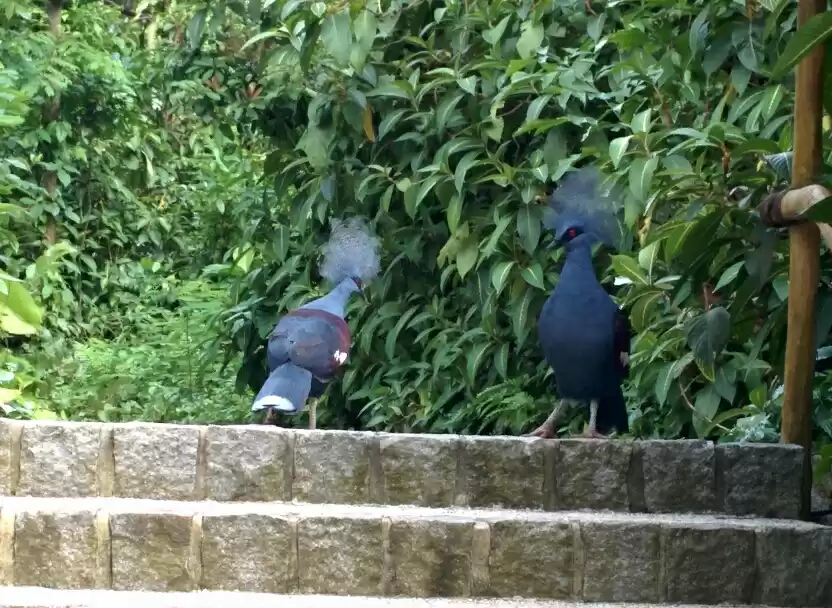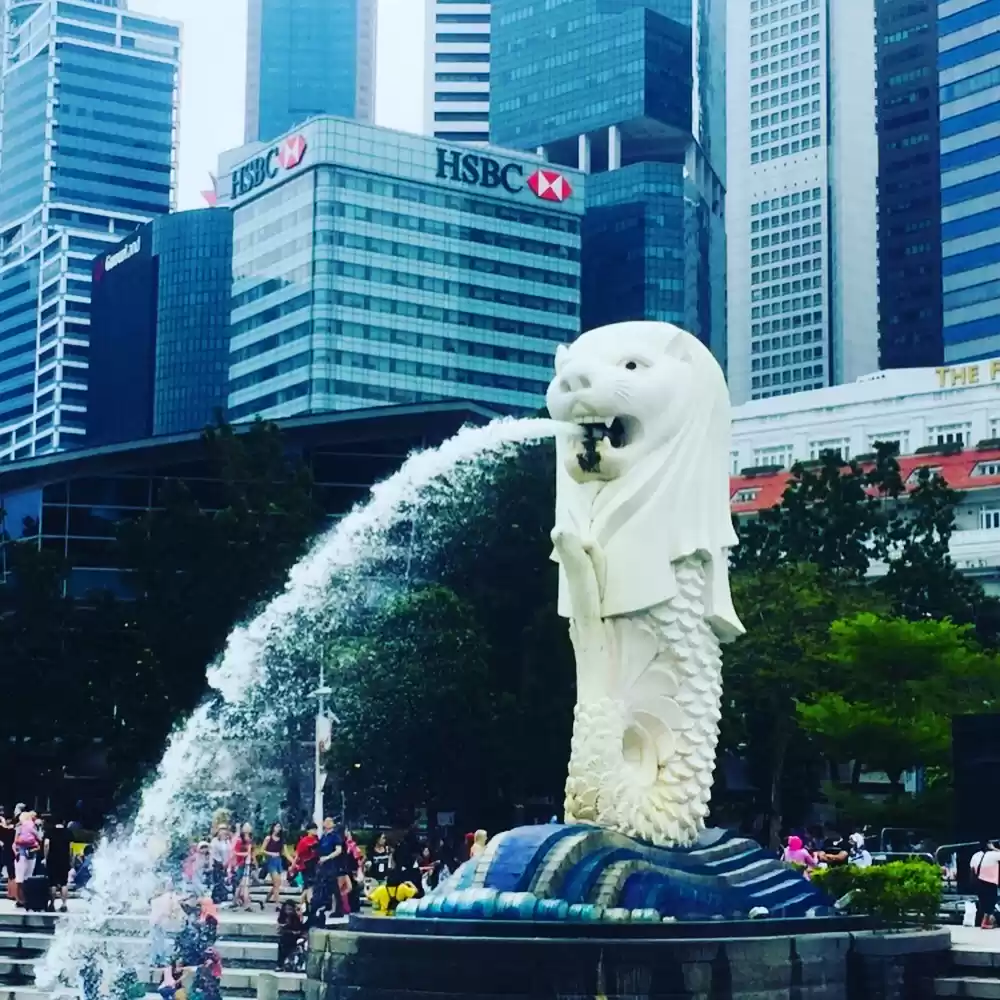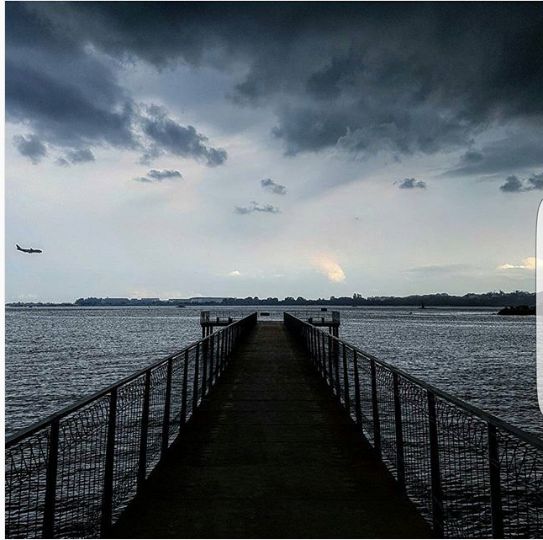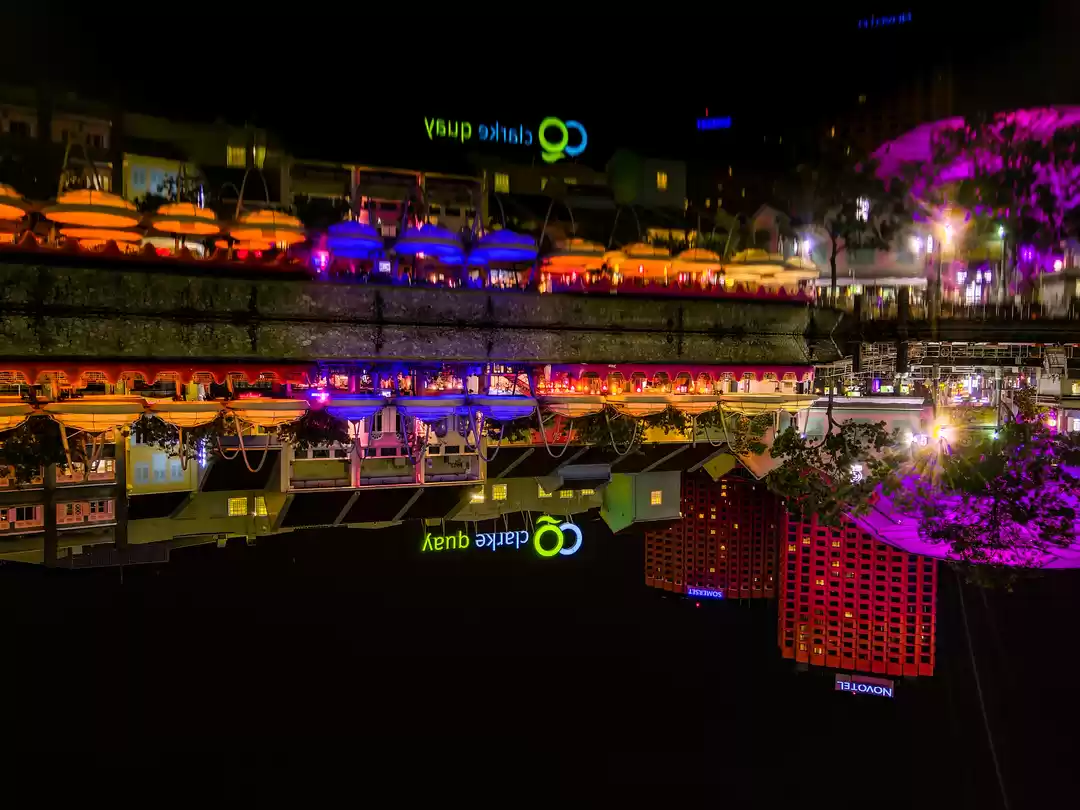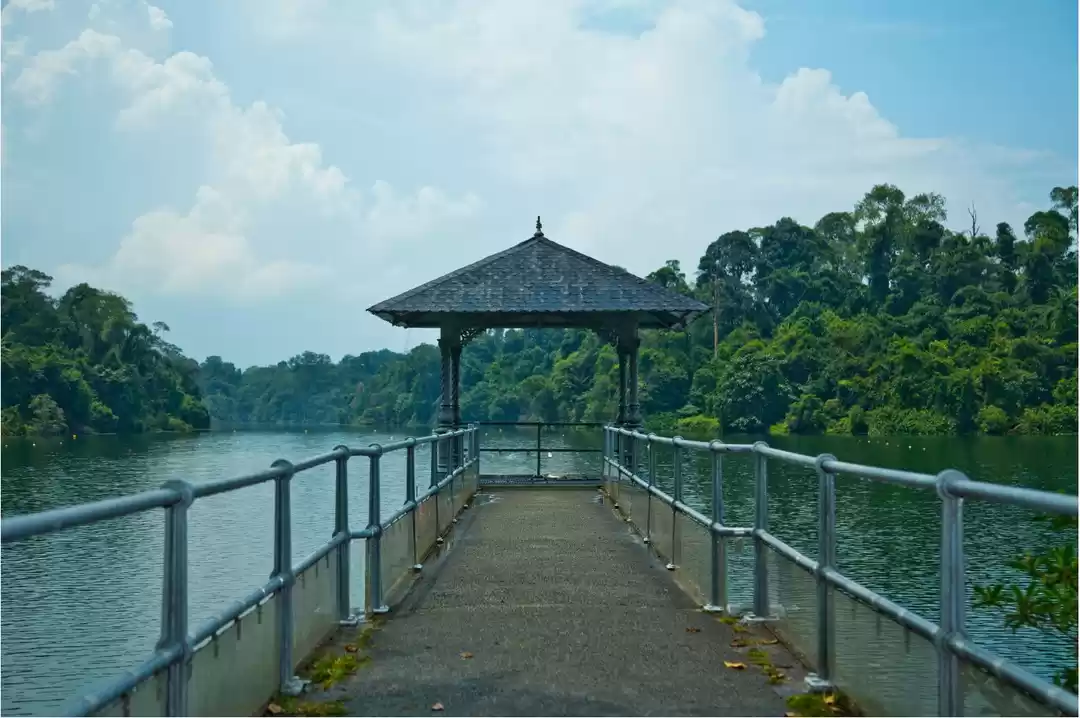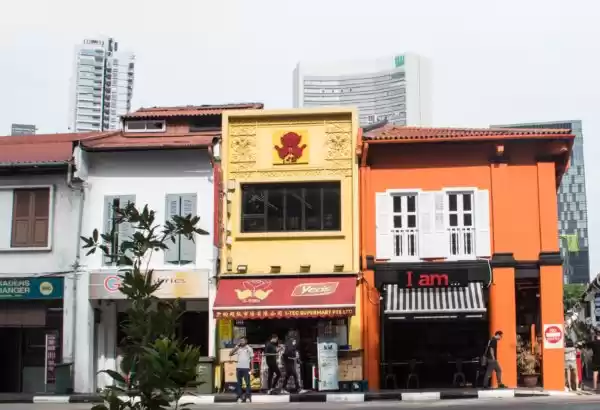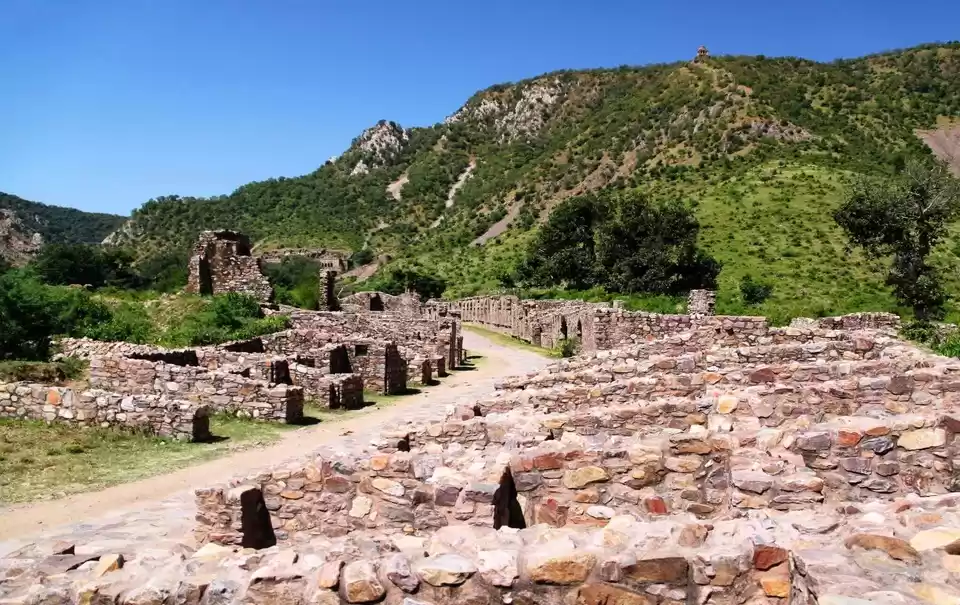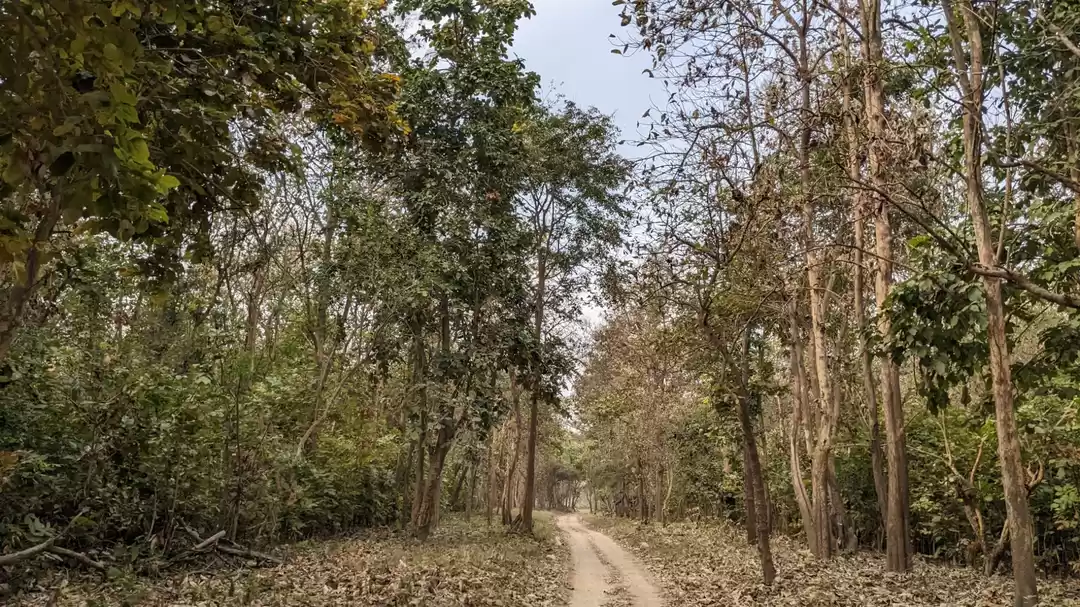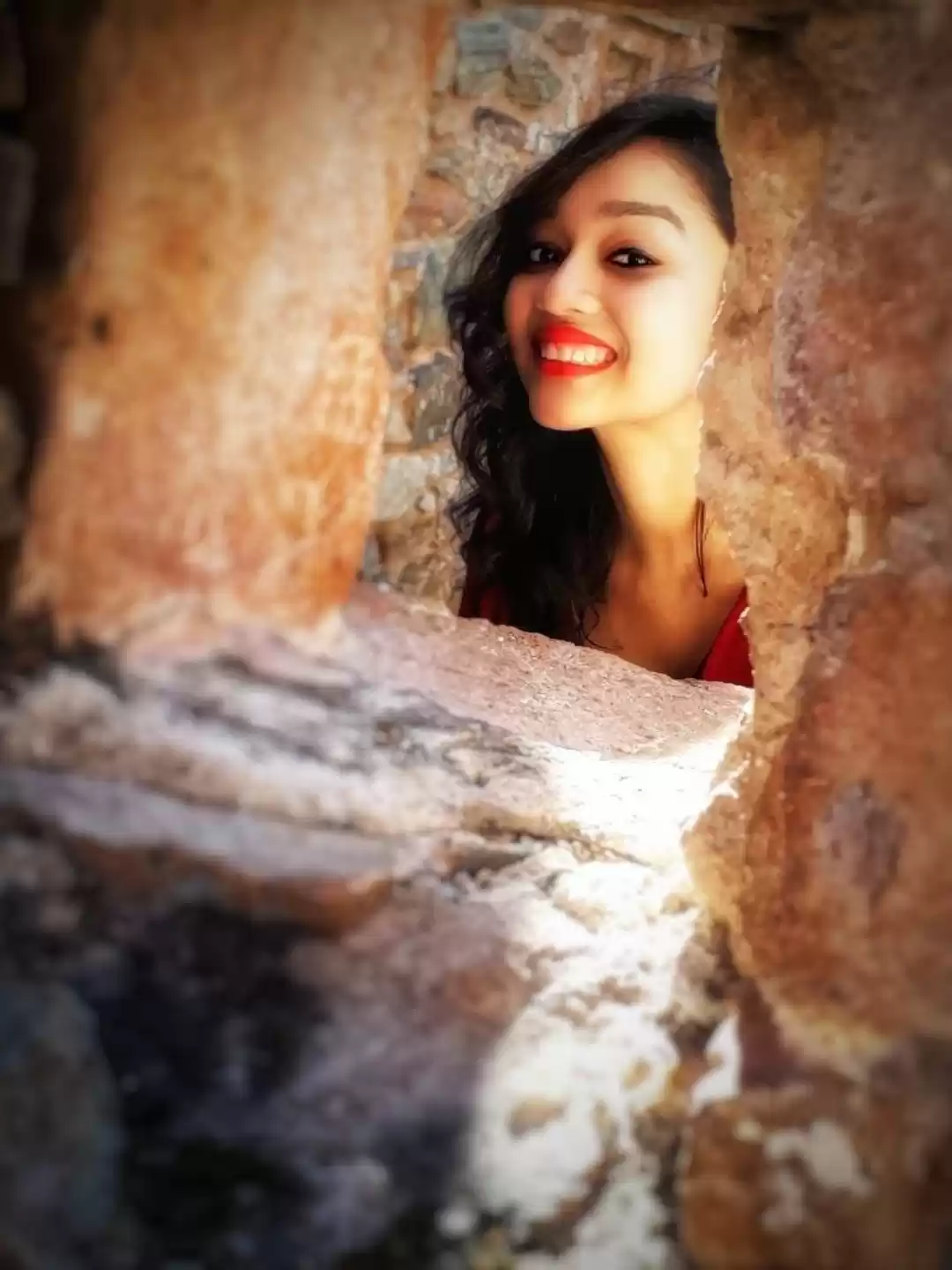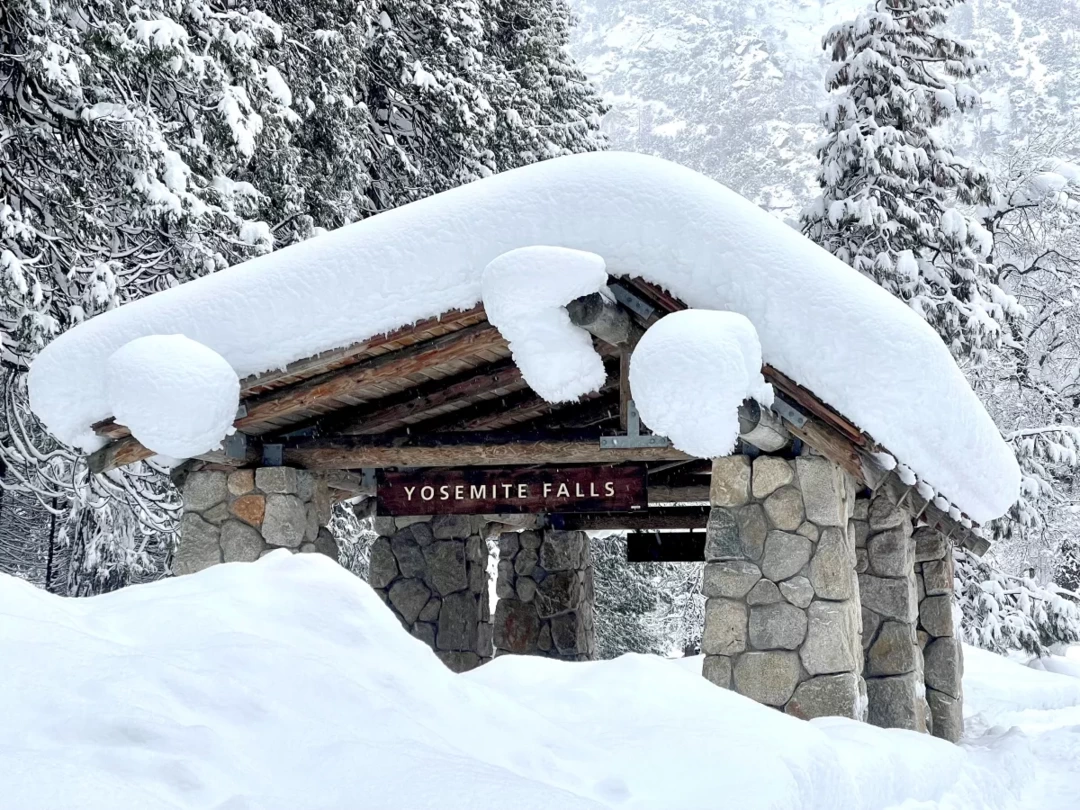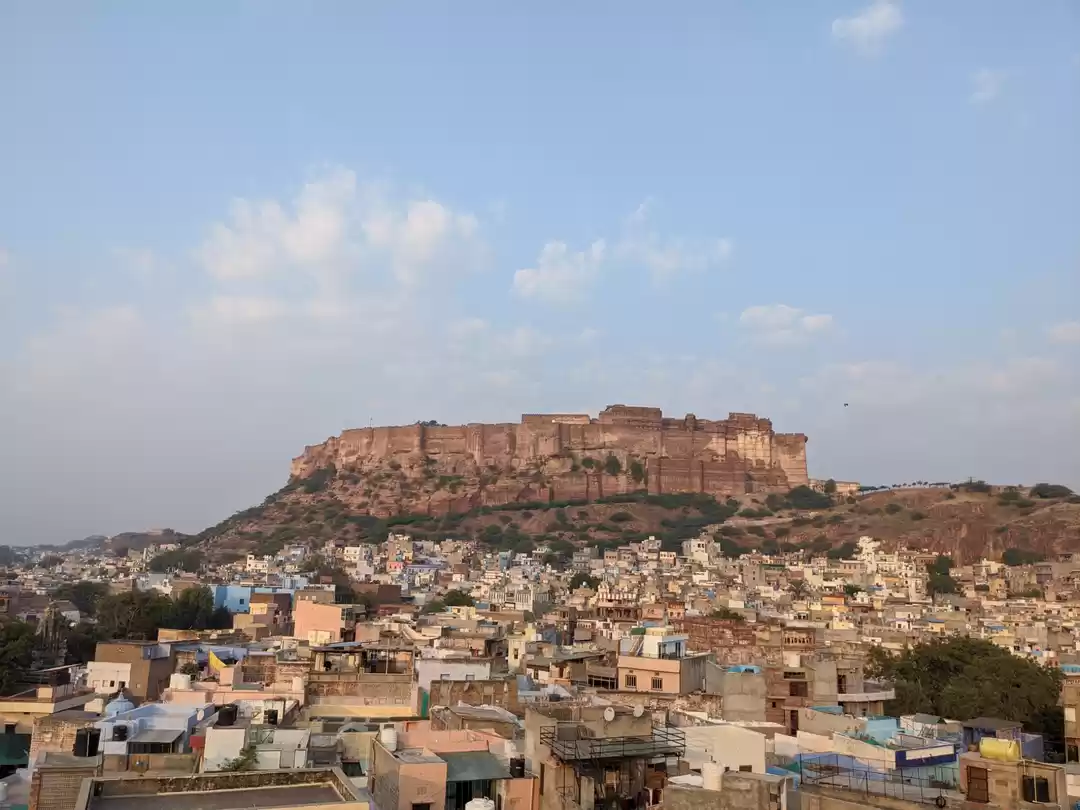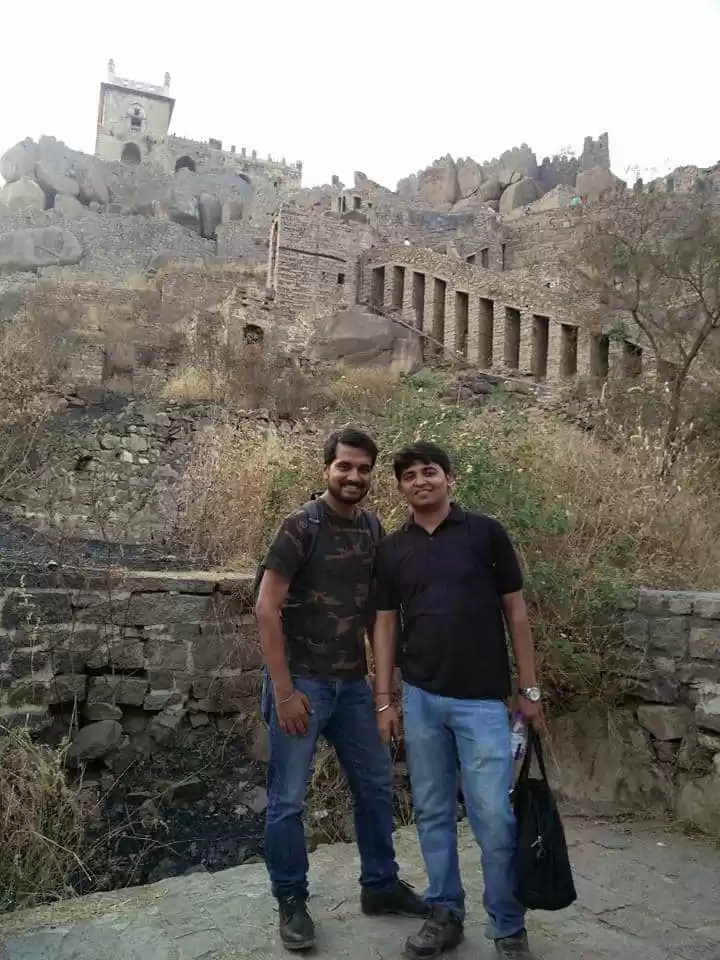If you are looking for a place to explore the rich history and culture of Singapore, look no further than Fort Canning Park. This 18-hectare park is located on a hill in the heart of the city, and offers a stunning view of the skyline and the surrounding greenery. Fort Canning Park is not only a scenic spot, but also a treasure trove of historical and cultural attractions, activities, and events.
Whether you are interested in learning about the ancient kingdoms, the colonial era, the World War II, or the modern arts and festivals, Fort Canning Park has something for everyone. In this article, we will guide you through the best things to see and do in Fort Canning Park, as well as how to get there, when to go, and what to expect.
History of Fort Canning Park
Fort Canning Park has a long and fascinating history that dates back to the 14th century. The hill was originally known as Bukit Larangan, which means Forbidden Hill in Malay. According to legend, it was the site of the palace and burial ground of the ancient kings of Singapura, a kingdom that ruled the island before the arrival of the British. The hill was considered sacred and off-limits to the common people.
In the 19th century, the British colonial government renamed the hill as Government Hill, and built a fort and a residence for the governor on it. The fort was later named Fort Canning, after Viscount Charles John Canning, the first Viceroy of India. The fort served as a military base and a communication centre for the British forces in Southeast Asia.
During World War II, the fort was the headquarters of the British Far East Command, which coordinated the defence of Singapore against the Japanese invasion. The fort was also the location of the Battlebox, an underground bunker where the British decided to surrender Singapore to the Japanese on February 15, 1942. This was the largest surrender of British-led forces in history, and marked the beginning of the Japanese occupation of Singapore.
After the war, the fort was used by the Singapore Armed Forces, until it was handed over to the National Parks Board in 1972. The fort was then converted into a park, and opened to the public in 1974. Since then, Fort Canning Park has been a popular destination for locals and tourists alike, who come to enjoy its historical and cultural attractions, activities, and events.
Attractions and Landmarks of Fort Canning Park
Fort Canning Park is home to many attractions and landmarks that showcase the history and culture of Singapore. Here are some of the must-see places in the park:

Fort Canning Centre: This is the former barracks of the British soldiers, and now serves as a venue for concerts, performances, and exhibitions. The centre hosts many events throughout the year, such as the Singapore International Festival of Arts, the Ballet Under the Stars, and the Shakespeare in the Park.

The Battlebox: This is the underground bunker where the British decided to surrender Singapore to the Japanese. The bunker has been restored and turned into a museum, where visitors can learn about the events and stories of the war through guided tours, exhibits, and multimedia displays.

The Spice Garden: This is a replica of the first experimental botanical garden in Singapore, established by Sir Stamford Raffles, the founder of modern Singapore, in 1822. The garden features various spices and plants that were important for the trade and economy of Singapore, such as nutmeg, clove, and pepper.

The Raffles House: This is a replica of the bungalow where Sir Stamford Raffles stayed during his visits to Singapore in 1819 and 1822. The bungalow displays some of the furniture and items that belonged to Raffles, as well as information panels and audio-visuals that tell the story of his life and achievements.
The Fort Gate: This is the only remaining part of the original fort that was built in 1861. The gate is a symbol of the colonial and military history of Singapore, and also offers a panoramic view of the city and the park.
The Archaeological Dig: This is an excavation site where archaeologists have uncovered more than 700 artefacts that date back to the 14th century. The artefacts include pottery, coins, jewellery, and weapons, and provide evidence of the ancient kingdoms that existed on the island before the British. The site also has a viewing platform and an information gallery for visitors to learn more about the findings and the history of the hill.
The Nine Parks: These are nine thematic gardens that reflect the different aspects and eras of the history and culture of Singapore. The parks are: Artisan’s Garden, Farquhar Garden, First Botanic Garden, Jubilee Park, Pancur Larangan, Raffles Garden, Sang Nila Utama Garden, Spice Garden, and Stamford Raffles Landing Site. Each park has its own unique features, such as sculptures, fountains, bridges, and pavilions, that create a beautiful and serene atmosphere for visitors to enjoy.
Things to Do and See in Fort Canning Park
Fort Canning Park is not only a place to learn about the history and culture of Singapore, but also a place to have fun and relax. Here are some of the things to do and see in the park:
Hiking:
Fort Canning Park has several trails and paths that allow visitors to explore the park and enjoy the nature and scenery. The trails range from easy to moderate, and are suitable for different levels of fitness and interest. Some of the trails are: Fort Canning Park Trail, Spice Garden Trail, Ancient History Trail, Colonial History Trail, and World War II Trail.
Picnicking:
Fort Canning Park has many open spaces and lawns that are ideal for picnicking and relaxing. Visitors can bring their own food and drinks, or buy them from the nearby cafes and restaurants. Some of the popular spots for picnicking are: Fort Canning Green, Jubilee Park, and Farquhar Garden.
Watching concerts and performances:
Fort Canning Park is a popular venue for concerts and performances, especially in the evenings and weekends. Visitors can watch local and international artists and groups perform various genres of music, dance, and theatre, in the outdoor setting of the park. Some of the events that are held in the park are: Singapore International Festival of Arts, Ballet Under the Stars, Shakespeare in the Park, and Neon Lights Festival.
Visiting museums and exhibitions:
Fort Canning Park has several museums and exhibitions that showcase the history and culture of Singapore, as well as the arts and crafts of the region. Visitors can learn more about the past and present of the island, as well as admire the works and creations of the artists and craftsmen. Some of the museums and exhibitions that are located in the park are: The Battlebox, The Raffles House, The Archaeological Dig, The Singapore Philatelic Museum, and The Peranakan Museum.
How to Reach Fort Canning Park
Fort Canning Park is easily accessible by different modes of transportation, such as MRT, bus, taxi, or car. Here is a guide on how to get to the park:
By MRT:
The nearest MRT stations to Fort Canning Park are Dhoby Ghaut MRT Station, Bras Basah MRT Station, and Fort Canning MRT Station. From Dhoby Ghaut MRT Station, take Exit B and walk along Penang Road for about 10 minutes to reach the park. From Bras Basah MRT Station, take Exit A and walk along Bras Basah Road for about 15 minutes to reach the park. From Fort Canning MRT Station, take Exit B and walk along River Valley Road for about 5 minutes to reach the park.
By bus:
There are several bus stops near Fort Canning Park, such as Dhoby Ghaut Station, Stamford Road, River Valley Road, and Hill Street. Some of the bus services that stop near the park are: 7, 14, 16, 36, 77, 106, 111, 124, 128, 131, 147, 162, 166, 167, 171, 174, 175, 190, 700, 857, and 972.
By taxi:
There are several taxi stands near Fort Canning Park, such as at Dhoby Ghaut MRT Station, The Cathay, Park Mall, and Liang Court. Visitors can also hail a taxi from the main roads around the park, such as Orchard Road, Stamford Road, River Valley Road, and Hill Street.
By car:
There are several car parks near Fort Canning Park, such as at Fort Canning Centre, National Museum of Singapore, Singapore Management University, and Liang Court. The parking charges vary depending on the location and time of the day.
Timings and Entry Fee of Fort Canning Park
Fort Canning Park is open 24 hours a day, and entry is free for all visitors. However, some of the attractions and landmarks in the park have their own opening hours and admission charges. Here are the timings and entry fee of some of the places in the park:
Fort Canning Centre:
The centre is open from 9 am to 10 pm daily, and entry is free for all visitors. However, some of the events and shows that are held in the centre may require tickets or reservations. Visitors can check the website or the notice board of the centre for the latest information and schedules.
The Battlebox:
The museum is open from 9.30 am to 5.30 pm daily, and entry is by guided tour only. The tours are available in English, Mandarin, Japanese, and French, and last for about 75 minutes. The tour prices are $20 for adults, $15 for seniors and students, and $10 for children. Visitors can book the tours online or at the ticketing counter at the entrance of the museum.
The Spice Garden:
The garden is open from 7 am to 7 pm daily, and entry is free for all visitors. However, visitors are advised to follow the signs and rules in the garden, such as not picking or damaging the plants, not feeding the animals, and not littering.
The Raffles House:
The bungalow is open from 10 am to 5 pm daily, and entry is free for all visitors. However, visitors are required to register at the reception counter and wear a visitor pass before entering the bungalow. Visitors are also requested to respect the furniture and items in the bungalow, and not touch or move them.
The Fort Gate:
The gate is open 24 hours a day, and entry is free for all visitors. However, visitors are cautioned to be careful when climbing the stairs and walking on the platform, as they may be slippery or uneven. Visitors are also reminded to keep the gate clean and tidy, and not to vandalize or graffiti on it.
The Archaeological Dig:
The site is open from 10 am to 6 pm daily, and entry is free for all visitors. However, visitors are not allowed to enter the excavation area or touch the artefacts, as they are fragile and valuable. Visitors are also encouraged to visit the information gallery and the viewing platform, where they can learn more about the history and significance of the site and the artefacts.
The Nine Parks:
The parks are open 24 hours a day, and entry is free for all visitors. However, visitors are advised to follow the signs and rules in the parks, such as not smoking, cycling, or camping in the parks, not playing loud music or making noise, and not harming the plants or animals. Visitors are also urged to enjoy the beauty and tranquility of the parks, and not to litter or pollute them.
Best Time to Visit Fort Canning Park
Fort Canning Park is open all year round, and visitors can enjoy its beauty and charm in any season. However, some of the best times to visit the park are:
Spring (March to May):
This is the time when the park is in full bloom, and visitors can see the colourful flowers and plants in the gardens. The weather is also pleasant and mild, with occasional showers and thunderstorms. This is also the time when some of the festivals and events are held in the park, such as the Singapore International Festival of Arts and the Ballet Under the Stars.
Summer (June to August):
This is the time when the park is lively and vibrant, and visitors can enjoy the outdoor activities and events in the park. The weather is hot and humid, with frequent rain and sunshine. This is also the time when some of the concerts and performances are held in the park, such as the Shakespeare in the Park and the Neon Lights Festival.
Autumn (September to November):
This is the time when the park is calm and serene, and visitors can enjoy the nature and scenery in the park. The weather is cool and dry, with occasional haze and fog. This is also the time when some of the exhibitions and shows are held in the park, such as the Singapore Biennale and the Singapore Night Festival.
Winter (December to February):
This is the time when the park is festive and cheerful, and visitors can enjoy the decorations and lights in the park. The weather is mild and wet, with occasional cold spells and monsoons. This is also the time when some of the celebrations and parties are held in the park, such as the Christmas Wonderland and the New Year Countdown.
Places Nearby Fort Canning Park
Fort Canning Park is located in the heart of the city, and is surrounded by many places of interest and attractions. Visitors can easily explore and discover the nearby places, such as:
Orchard Road:
This is the famous shopping and entertainment district of Singapore, where visitors can find a variety of malls, boutiques, restaurants, cafes, and cinemas. Orchard Road is also known for its festive decorations and events, especially during Christmas and Chinese New Year.
Clarke Quay:
This is the historical riverside quay of Singapore, where visitors can find a mix of old and new buildings, bars, pubs, clubs, and restaurants. Clarke Quay is also known for its nightlife and entertainment, especially during weekends and holidays.
Chinatown:
This is the cultural and heritage district of Singapore, where visitors can find a plethora of temples, museums, markets, shops, and eateries. Chinatown is also known for its festivals and celebrations, especially during Chinese New Year and Mid-Autumn Festival.
Marina Bay:
This is the modern and futuristic district of Singapore, where visitors can find a stunning view of the skyline, the bay, and the iconic landmarks, such as the Marina Bay Sands, the Gardens by the Bay, and the Singapore Flyer. Marina Bay is also known for its attractions and events, especially during the National Day and the Formula One Grand Prix.
Places to Stay Near Fort Canning Park
Fort Canning Park is close to many hotels and accommodations that cater to different budgets and preferences. Visitors can choose from a range of options, such as:
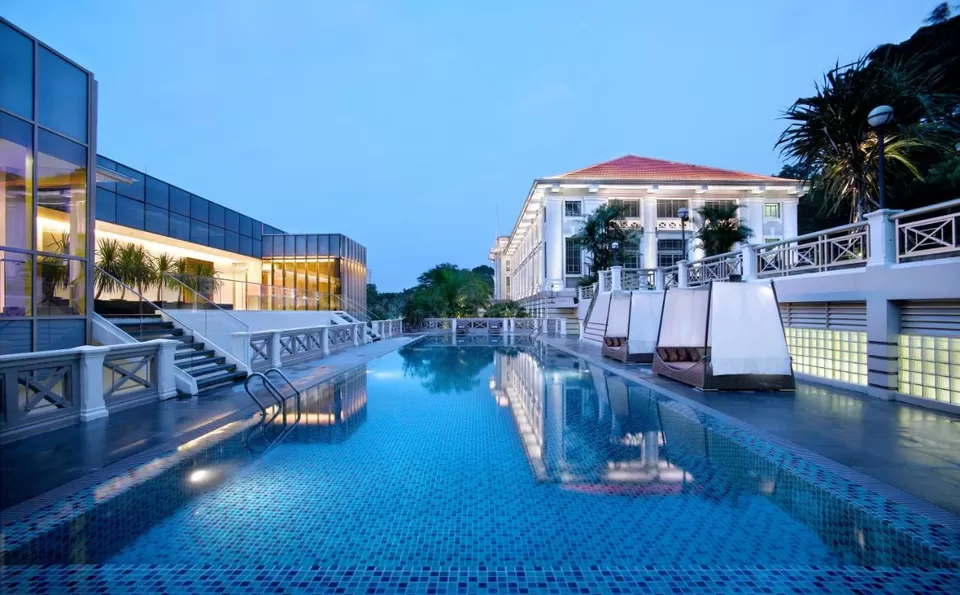
Hotel Fort Canning: This is a luxury hotel that is located within Fort Canning Park, and offers a historical and elegant experience for the guests. The hotel features spacious and stylish rooms, a swimming pool, a spa, a gym, and a restaurant. The hotel is also close to the Fort Canning Centre, the Battlebox, and the Raffles House.
Rendezvous Hotel Singapore: This is a boutique hotel that is located near Fort Canning Park, and offers a contemporary and chic experience for the guests. The hotel features cozy and modern rooms, a swimming pool, a fitness centre, and a cafe. The hotel is also close to the Dhoby Ghaut MRT Station, the Singapore Art Museum, and the National Museum of Singapore.
YMCA @ One Orchard: This is a hostel that is located near Fort Canning Park, and offers a budget-friendly and convenient experience for the guests. The hostel features clean and comfortable rooms, a swimming pool, a gym, and a restaurant. The hostel is also close to the Orchard Road, the Fort Canning MRT Station, and the Singapore Management University.
Fort Canning Park is a historical and cultural gem in Singapore, and a must-visit place for anyone who wants to learn more about the past and present of the island. The park has many attractions and landmarks that showcase the history and culture of Singapore, as well as activities and events that entertain and delight the visitors. The park is also easily accessible by different modes of transportation, and is open all year round. Whether you are looking for a place to explore, relax, or have fun, Fort Canning Park has something for you.
So, what are you waiting for? Plan your visit to Fort Canning Park today, and discover the beauty and charm of this park.


